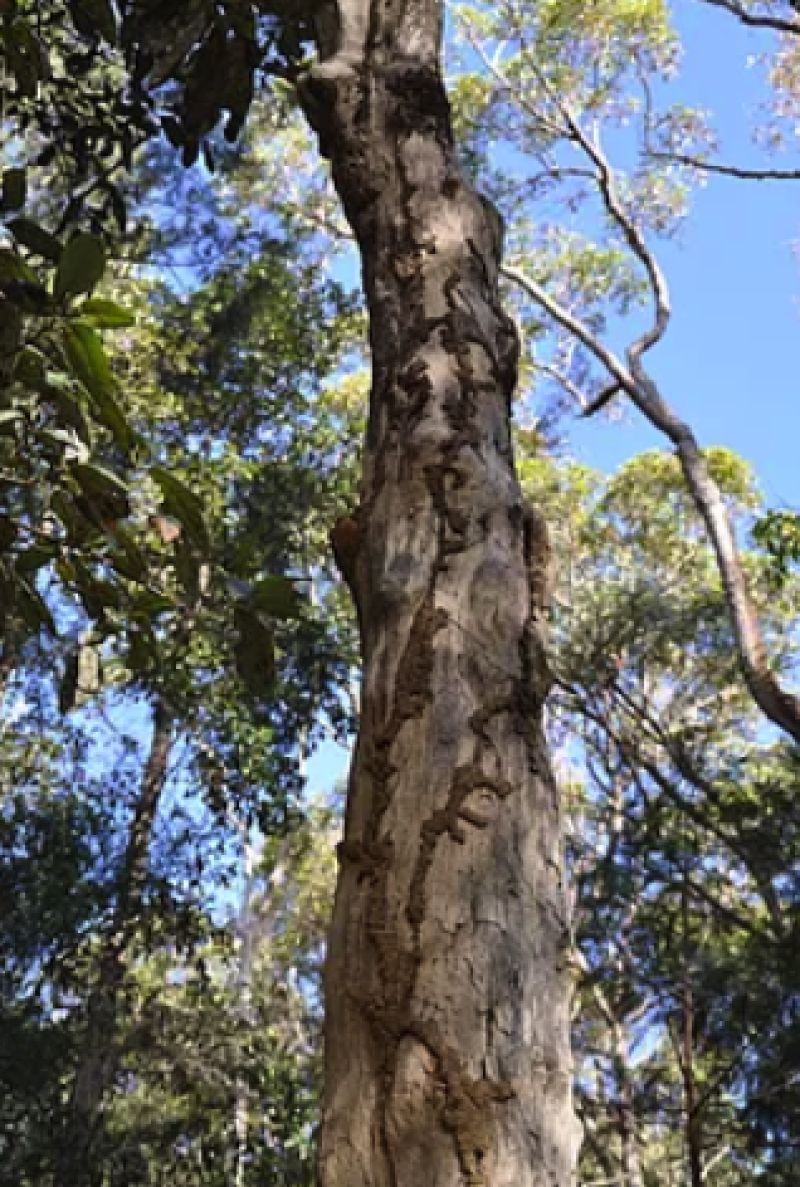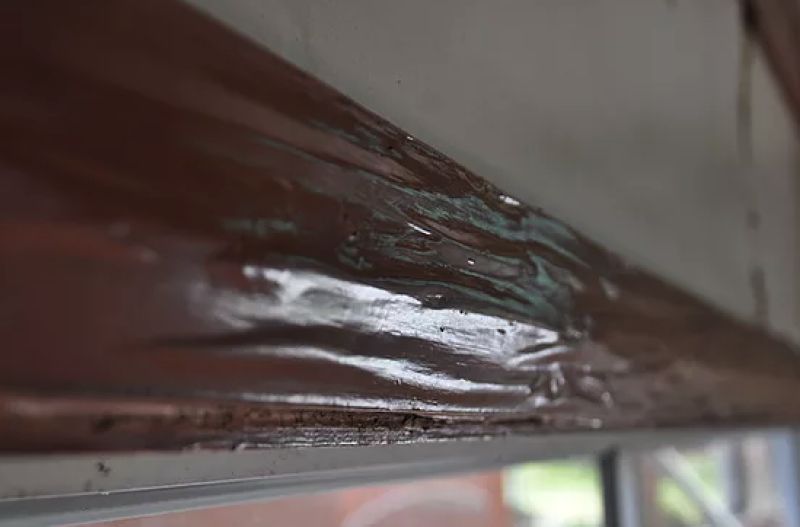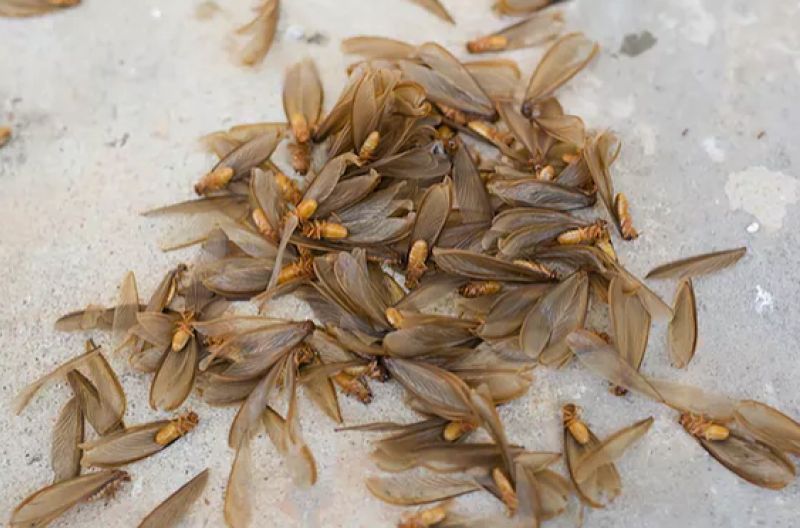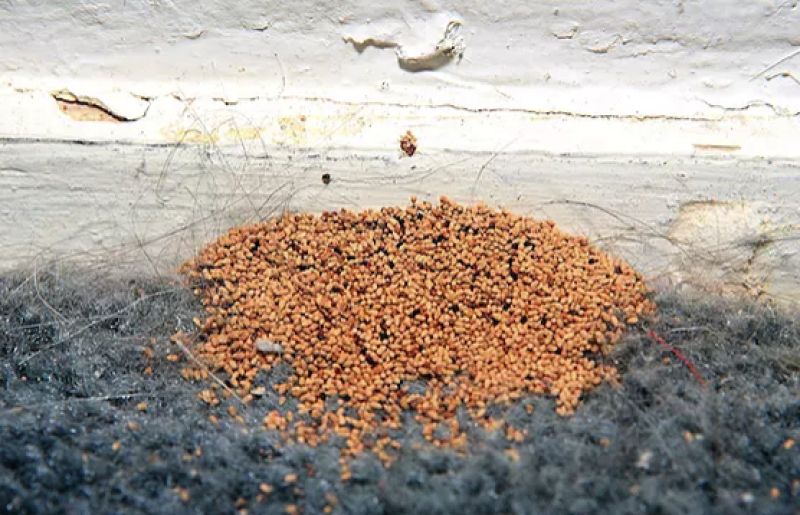
Termites can do more damage to houses than fire, floods and storms combined. Estimates put about a third of buildings in Australia at risk from infestations, and with the chances of termites attacking your home so high, knowing the signs of termite activity can not only save you thousands of dollars but could potentially save your home.
Australian Standards recommend you have a termite inspection at least once a year, or more often in areas of high termite activity. A termite inspection is like a "health check" on your property, not only to see whether termites are attacking your house or are present in your yard but also to identify issues that need to be remedied to make your home and surroundings less attractive to termites.
Who’s that knocking?
There are two types of termites that may be attacking your home. The most common type are subterranean termites, which generally live and tunnel underground, only coming above ground to feed. They need access to a good moisture source and contact with soil to survive. The rarer pest termite species are dry wood termites, which live above ground and can survive on moisture found inside the wood. All termites eat a variety of wood and other cellulose materials, such as cardboard and paper, and all types will cause extensive damage to structural timber and other materials around your home.
1. A muddy mess - Subterranean termites build mud-covered shelter tubes if they need to cross an exposed stretch of the yard, so if you spot the presence of these tubes on trees, fencing, the side of your house and especially in the subfloor or roof void, it’s a sure sign of termite activity.
2. Things that go bump in the night! - If the inside of your house is infested with termites, you could hear faint tapping sounds as they signal (by headbanging) to each other along the woodwork. They’re also noisy eaters, and if you put your ear close to an area infested with termites, you might hear them happily munching away.

3. Damage to walls, door frames, and floors - Termites are experts at hiding their activity. Quite often, they cause extensive damage, just leaving a thin veneer of wood or wall material to hide their activity. Sometimes, they break through and plug the hole with some mud. If you spot ripples in paintwork, spongy floorboards, or mud spots on walls, it’s likely termites are active underneath. And if walls or wood elements give way, then the damage they’ve done is already extensive.

4. Flying termites – If you experience large numbers of flying termites (also called swarmer or alates) on a warm, humid night, it means there is a large termite nest nearby. These are the new kings and queens that have left the nest in search of a mate. They will establish a new colony near or inside your home when they've paired up. They discard their wings after landing, so if you find a large number of wings on the ground or near a window when you wake up in the morning, it means there was a mating flight during the night, and termites are close by.

5. What the frass!? - Drywood termites will leave frass around, which is the faecal matter they leave behind when tunnelling and eating wood. These unique oval pellets with six concave sides will be left in a pile beneath areas of activity. If you notice a pile of pellets, you could have a serious drywood termite problem.
If you spot any of these suspicious signs, DON’T:
- Dig away at walls or areas of mudding,
- Spray any termites with insecticide.
This will often frighten them away from the area (temporarily), making it more difficult for us to identify the problem and carry out a treatment. An insecticide spray may kill a few termites but it won’t kill the nest and so the problem will return, often somewhere else in the property.
If you suspect termites, contact us immediately to investigate.
At Spiderman SE, our qualified and accredited technicians have extensive experience in all types of termite identification and subsequent applications.
Call us today to book your termite inspection, before termites take up residence in your home.

